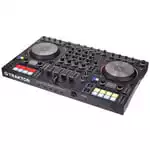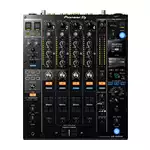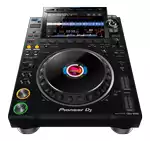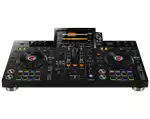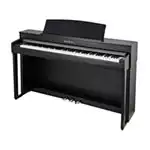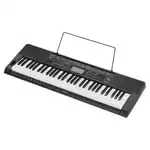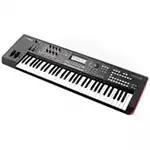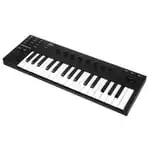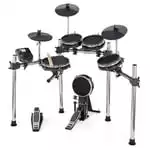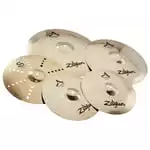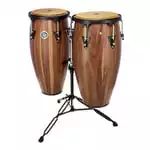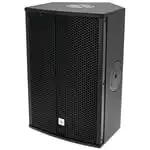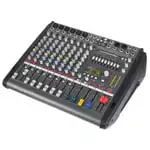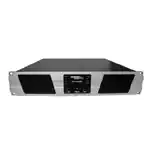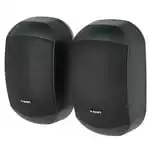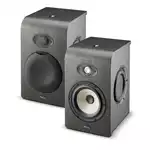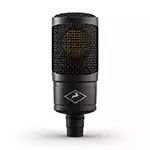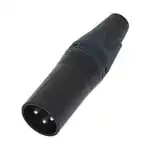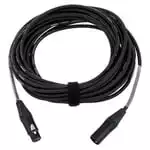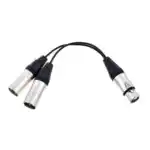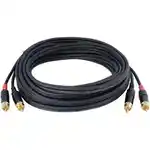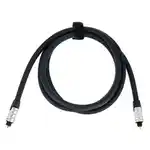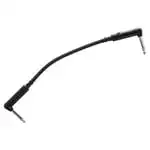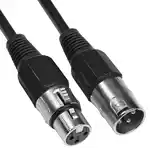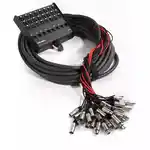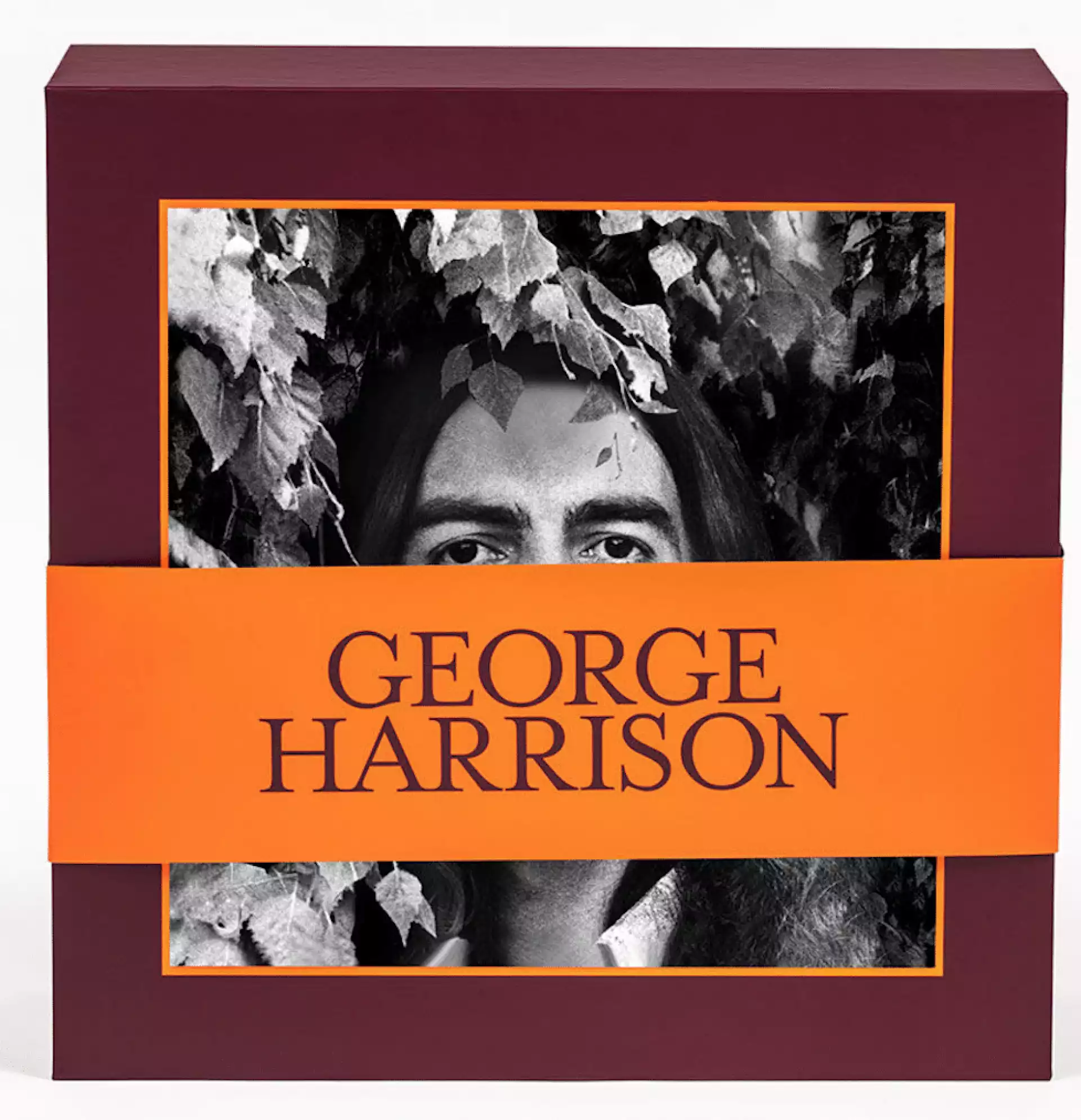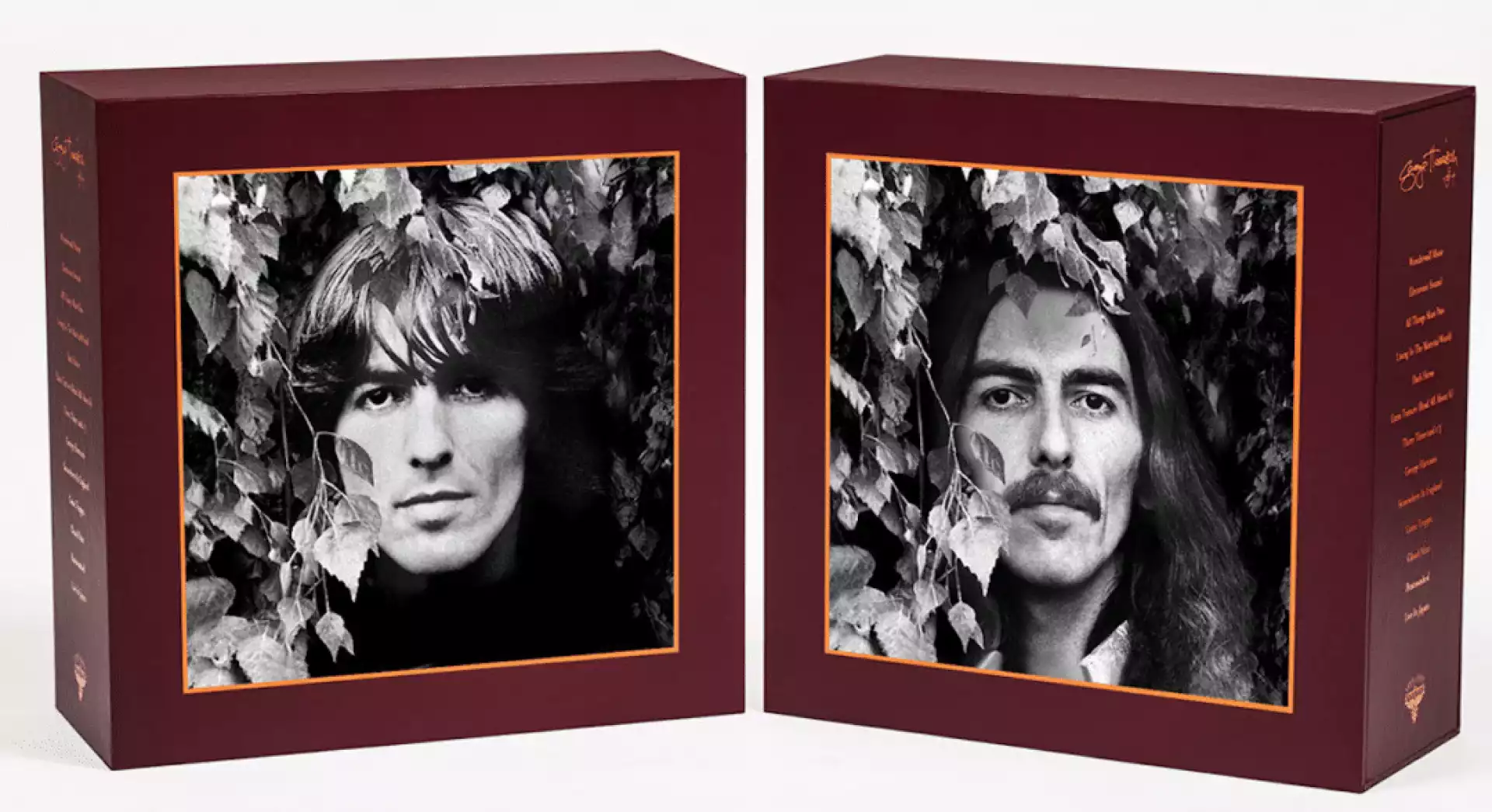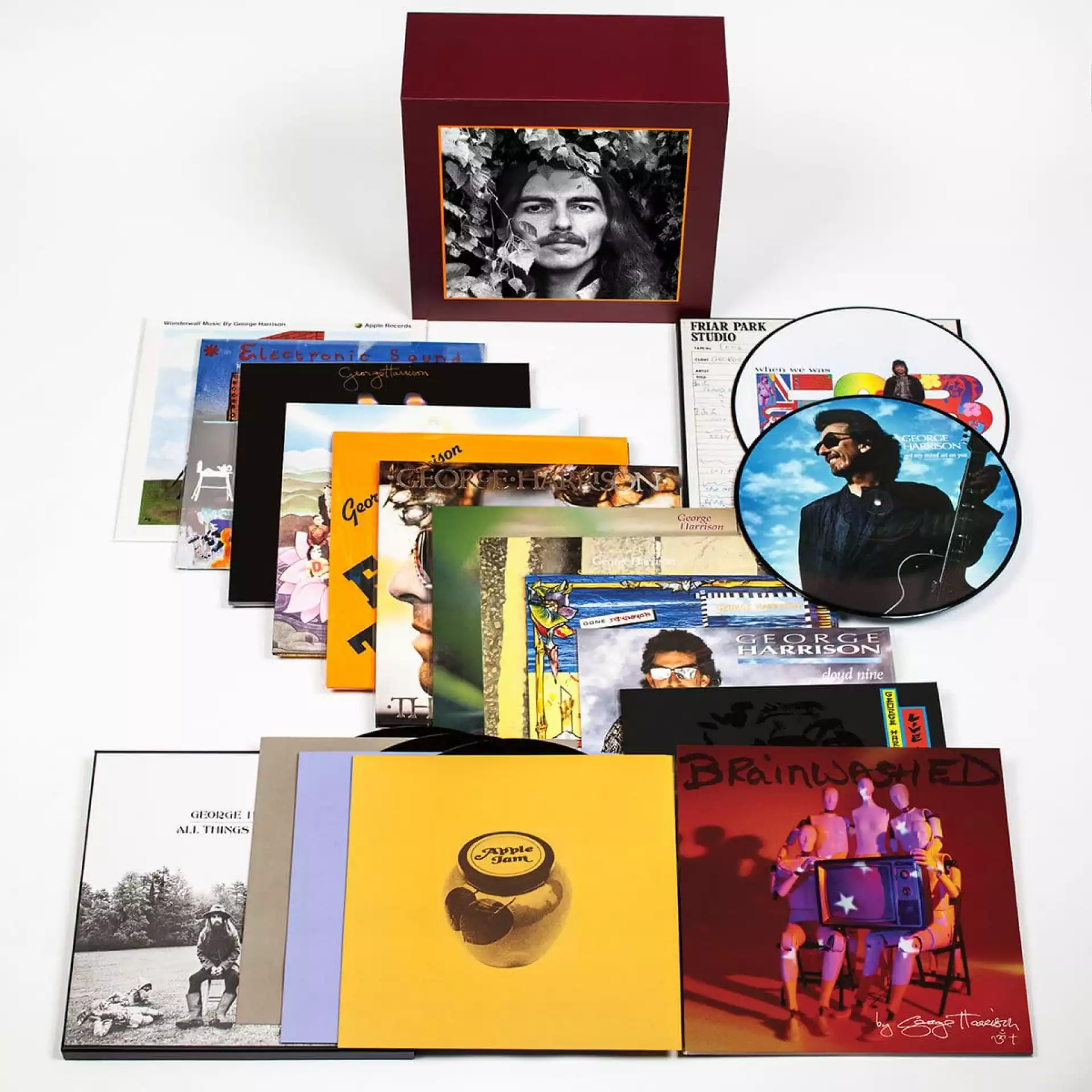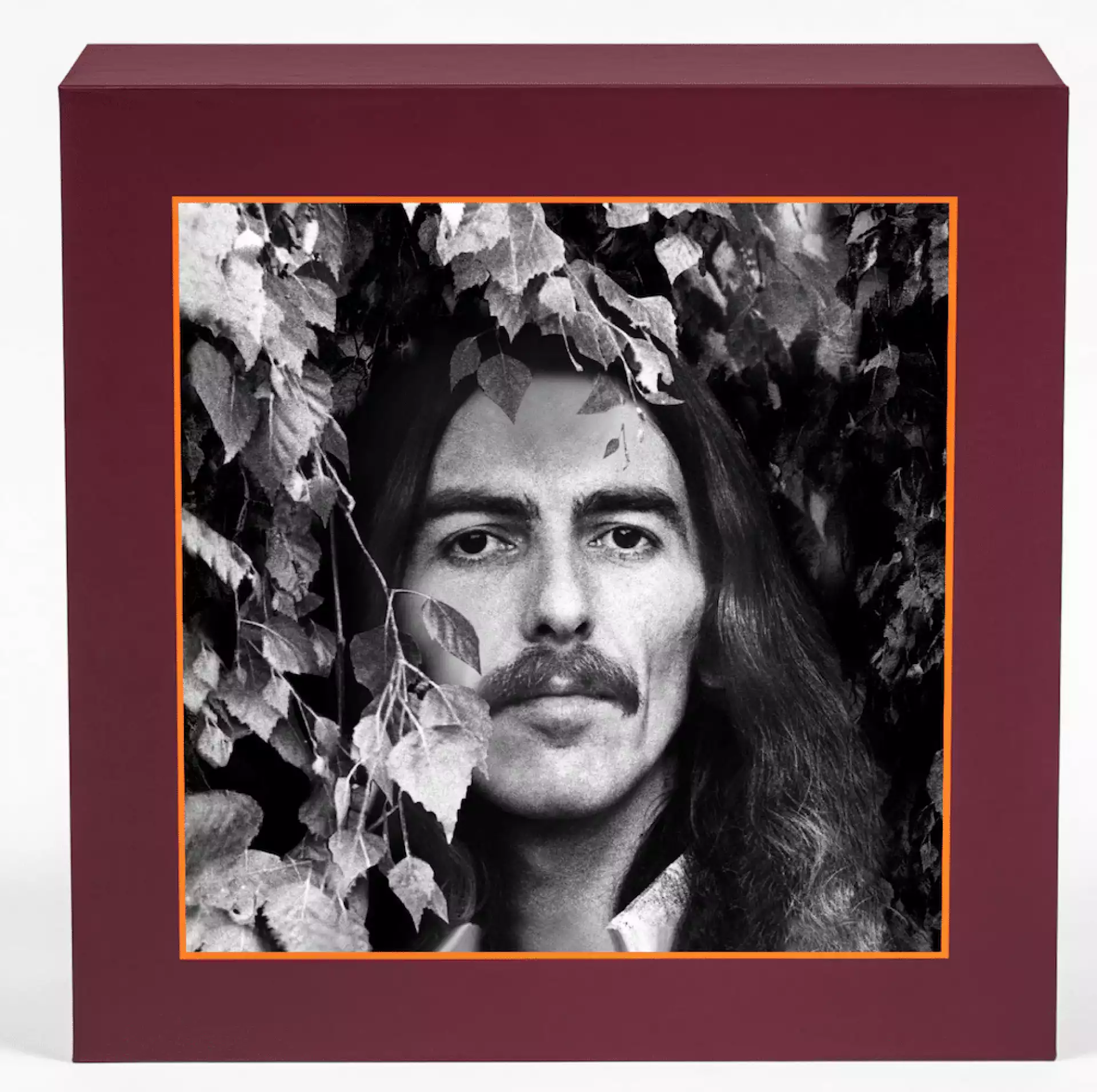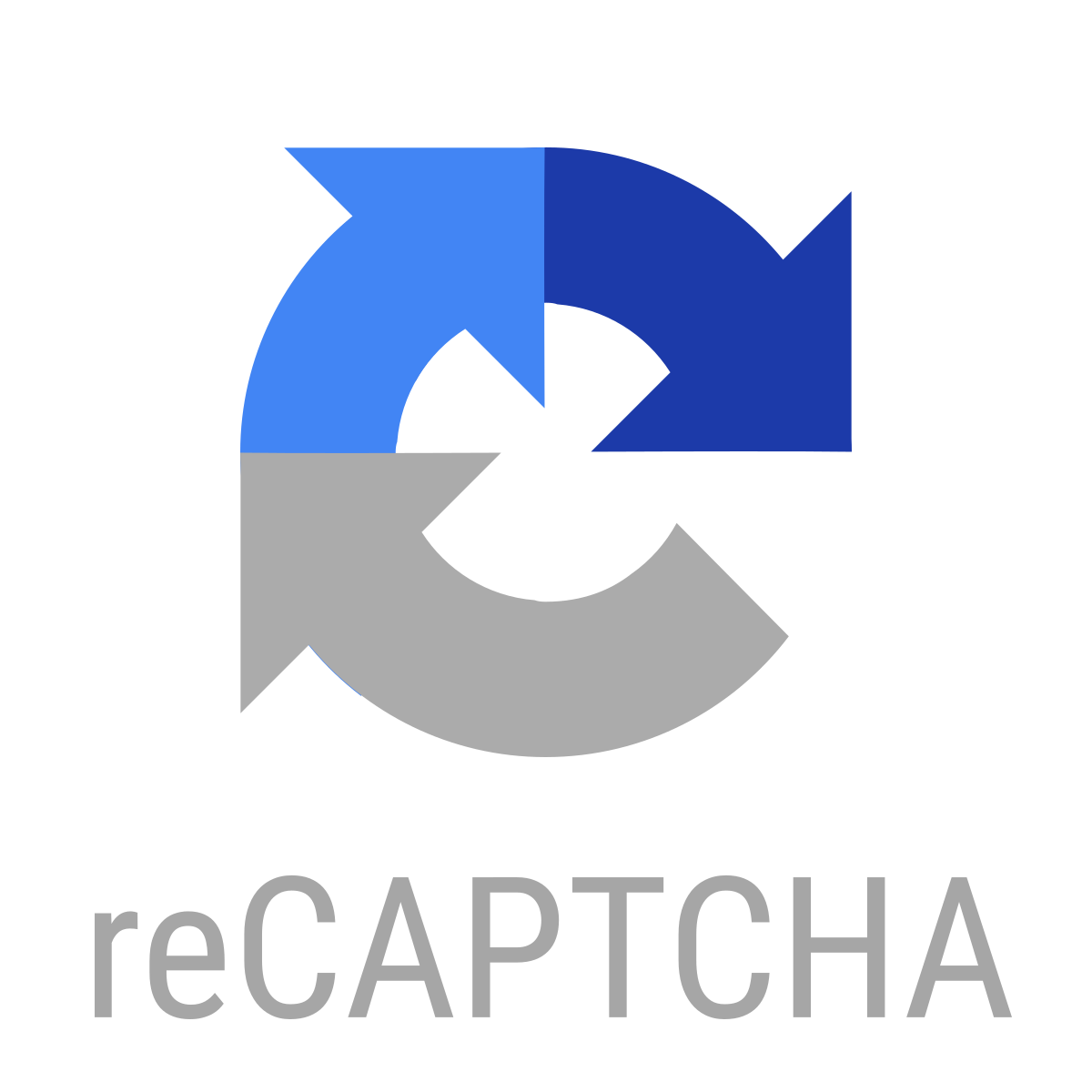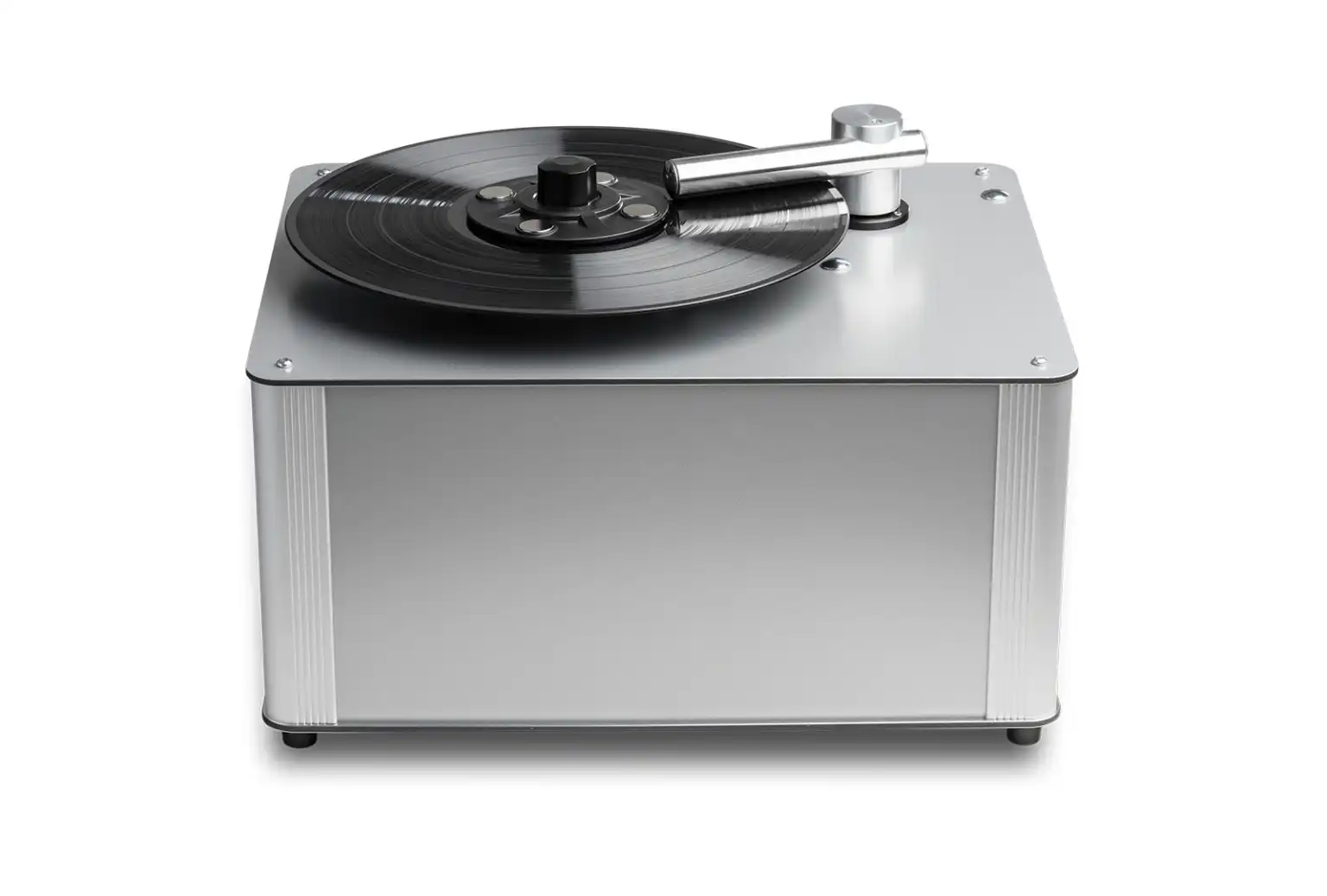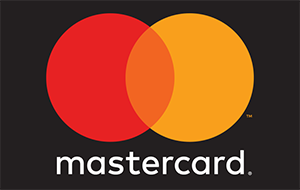PRO-JECT LP George Harrison Vinl Box
*Cena sa popustom može da se ostvari ukoliko se plaća gotovinski, virmanom (preko računa) ili odmah debitnom karticom.
Garantujemo najnižu cenu!
- Svetogorska 9, Beograd
George Harrison Vinl Box
Presenting the magnificent George Harrison 16LP box set, Paul Rigby undertakes a detailed sound test and talks to the mastering engineers behind it, Lurssen Mastering’s Gavin Lurssen and Reuben Cohen
George Harrison’s two CD/SACD box sets, covering his solo discography, have been on the shelf for some time (they were released in 2004 and 2014, respectively). I wondered if we’d ever see a vinyl box set of the same and, if it did appear, whether it would follow a similar two part template.
Just the one, it appears because UMC has now released a single 16LP vinyl box set, The George Harrison Vinyl Collection. With the albums also being made available as standalone releases, the collection has been pressed on 180gm vinyl mastered from the original analogue tapes and cut at Capitol studios.
Buyers will notice immediately that the slipcase box features…movement. Via the lenticular cover, showing two faces of Harrison as he matured during his solo years.
The full contents list for the set includes: Wonderwall Music (1968), Electronic Sound (1969), All Things Must Pass (1970), Living In The Material World (1973), Dark Horse (1974), Extra Texture (1975), Thirty Three & 1/3 (1976), George Harrison (1979), Somewhere In England (1981), Gone Troppo (1982), Cloud Nine (1987), Live In Japan (1992) and Brainwashed (2002). The set also includes two bonus 12” picture discs: When We Was Fab and Got My Mind Set On You, both from the 1987 album Cloud Nine.
Before tackling the LPs, I was fortunate to chat with the two mastering engineers responsible for the sonic production of this new analogue set: the multi-award winning Gavin Lurssen and Reuben Cohen of Lurssen Mastering in the USA.
Lurssen described how his company got involved with the project, “I had worked with Dhani Harrison. I’d met him on a Ben Harper project called Fistful of Mercy with Dhani and Joseph Arthur. Dhani lived in town. Everyone seems to know everybody else and, if they don’t, they know everyone through one degree of separation.”
Friendship grew into trust and the invitation to work on this set. Paul Hicks (who began his career at Abbey Road) was the guy who handled the actual tape transfer. In this case, to 24bit/192kHz.
Why 192kHz? Why not DSD for this George Harrison set? The Rolling Stones mono box set was processed using DSD files, for example, “When you go into proprietary formats,” said Lurssen, “it limits abilities. The PCM transfer adds flexibility to help future proofing. Everyone can play PCM. For an archival format – which is aimed at the future – PCM is something that can be read. We’ve never actually discussed that but I’m guessing that’s the reason.”
So why not 384kHz then? “It’s got to do with what the gear’s capabilities are and the necessity regarding time,” said Lurssen. “Also, in my opinion, the ear’s hearing range is all achieved from 192kHz. With 192kHz, you’re gaining as much information as you can get. If you open the gates wider, the information coming in doesn’t increase, the gate is just a little wider. It’s not going to buy you anything else really. Also, some of the gear won’t work at that rate. Many people in the audio field believe that 96kHz is fine. Our feeling is that 192kHz is really where it should start.”
Yet there are audiophile voices out there who would say that 192kHz doesn’t give you everything that vinyl can offer. Lurssen was ready for that one, “Every time you do anything, there is compromise. An actual recording. That in itself is a compromise. If I’m sitting in front of an orchestra…that is the purest form of intake. If I then record that orchestra under the very best of conditions and circumstances where even money is of absolutely no object, for later replication, it’s not going to be as good. It won’t be as good as actually sitting in front of that orchestra. Everything that you do that is other from sitting in front of that orchestra, is a compromise. To me, it’s a feel thing and at 192kHz, I feel fine. When I work at lower rates, I detect it.”
Some vinyl fans shudder when the notion of any sort of digital is included within an analogue project but Lurssen believes that digital is a must and it’s here to stay, “The idea is to get the work done with the minimal carnage,” he said “When you work on these old and fragile tapes, some are brittle and if you make analogue tape copies then you’re picking up degradation. When you handle the tapes and you rewind back and forth and you’re EQing every track, you risk destroying the original tapes. Storing in the digital domain, it gives us the flexibility to really give the sonic treatment of the music into the exact place that we want it.”
This means that the team could reach into a track pull out the information required, fix it and plug it back again. You can’t do that by mastering with analogue tape. That is, not to such detailed and exacting standards.
There’s more to Lurssen’s mastering techniques than this though. Lurssen and Cohen went one step further than most mastering engineers, at least in my experience. What most mastering engineers do is to transfer a tape into digital, they edit it in the digital realm, then save it as digital and send that file to the cutting engineer. Lurssen didn’t do that.
What the team did was to take an element of the music that required attention from the digital source and converted that back into analogue then brought it into their analogue console. You know the type, the old fashioned console with switches and knobs and sliders. This is where the work was done, in the analogue domain. Here, the engineers moved physical controls to do their editing. Once completed, that newly edited piece was converted from analogue to digital and saved.
Now, you’re thinking, what is the point if it ends up as a digital file anyway? Well, apparently it does make a big difference in the final sound, retaining an analogue feel. This is why Lurssen end up with two sets of digital files: high-res pre-mastering and high-res post-mastered files.
Opis nije dostupan

